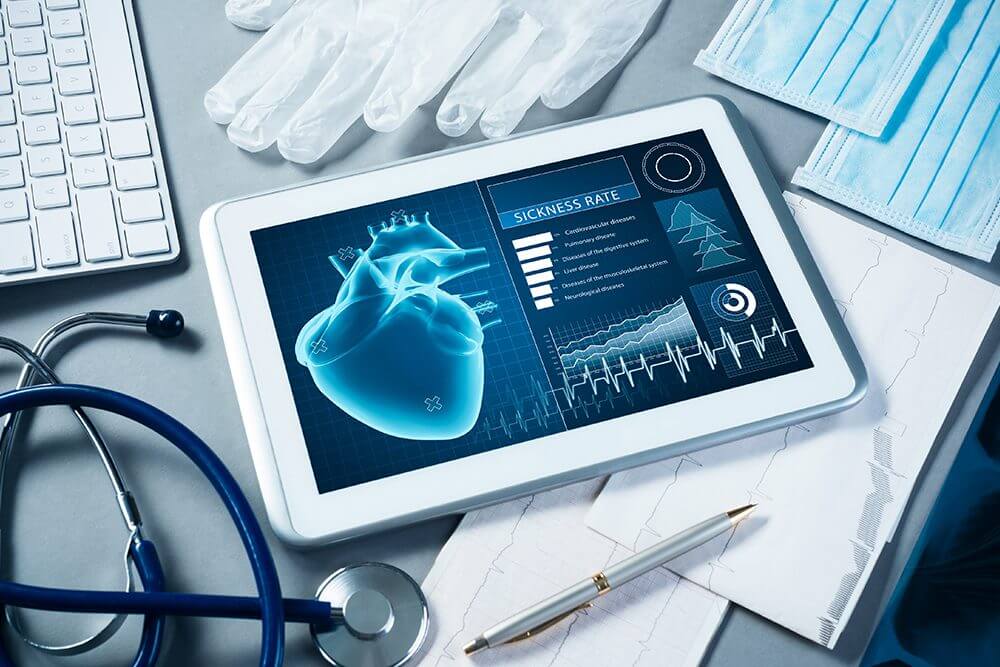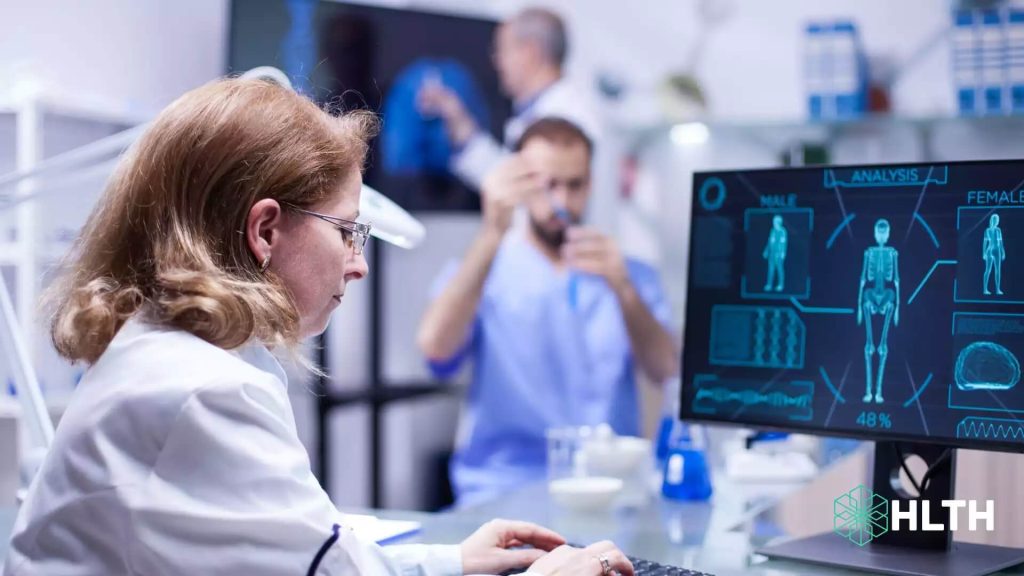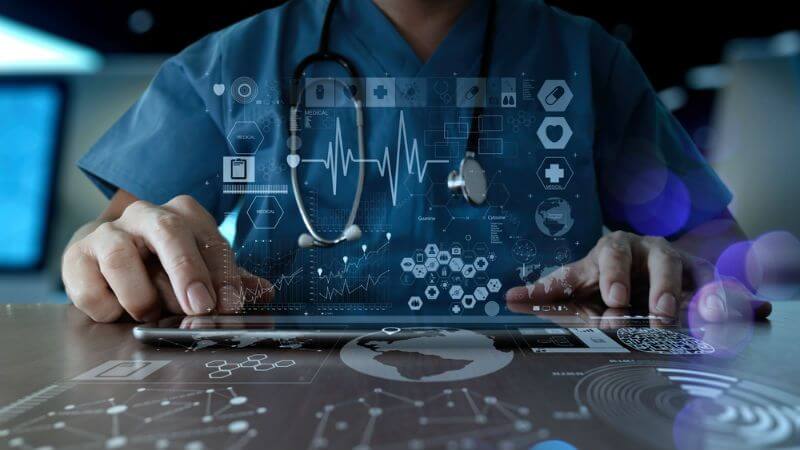The affordability and accessibility of healthcare continue to be major concerns for millions of people around the world, even in some of the most developed countries. From modernizing business models to creating remote healthcare options, finding solutions that could alleviate many healthcare challenges should be a top priority for the public and private sectors.
With the rise and rapid development of the metaverse, virtual reality, and AI, new technologies are appearing faster than ever before. CTO of Brillio Chander Damodaran works with his team to integrate cutting-edge technology into the healthcare and life sciences fields. Damodaran is particularly excited by the prospect of these new technologies functioning as much-needed solutions for many of the issues plaguing the healthcare and life sciences industries today.

He is one of many experts who see the evolution of telehealth in three key ‘waves’. The first wave is well-known to most and involves simple video chats between the patient and practitioner. In response to the pandemic, companies worked hard to create health applications that could link to wearables and select types of medical equipment. Now, the discourse is focused on “connected telehealth”, the third wave of this industry that plans to use AI-driven health applications to improve the functionality and accessibility of the healthcare industry.

One of the most highly anticipated developments in telehealth is ‘digital twins’, an amazing technology that has the potential to revolutionize diagnostic and treatment processes. To better understand digital twins and the potential benefits they are poised to create, it’s important to know what they are and understand how they can function to inform the decisions of medical practitioners.
Digital twins are virtual representations of objects, products, services, or systems that are updated in real-time. The data they collect can be used to inform simulations, AI processes, or machine learning. Now, with the rapid development of the metaverse and virtual reality technologies, digital twins are expanding to include people as well as digital products and physical locations. According to Damodaran, a digital twin created for every real patient could be used to test and simulate a variety of medical treatments and procedures. For example, the digital twin could help doctors or nurses understand how a patient will react to a medication before prescribing it. The potential for avoiding malpractice and improving treatment outcomes is evident and promising.

These data-driven solutions have serious potential to improve the experience of patients and healthcare practitioners. Damodaran looks forward to digital twins being widely adopted for their ability to enhance and deliver elevated telehealth services.
To learn more about these innovative technologies, visit www.brillio.com!




